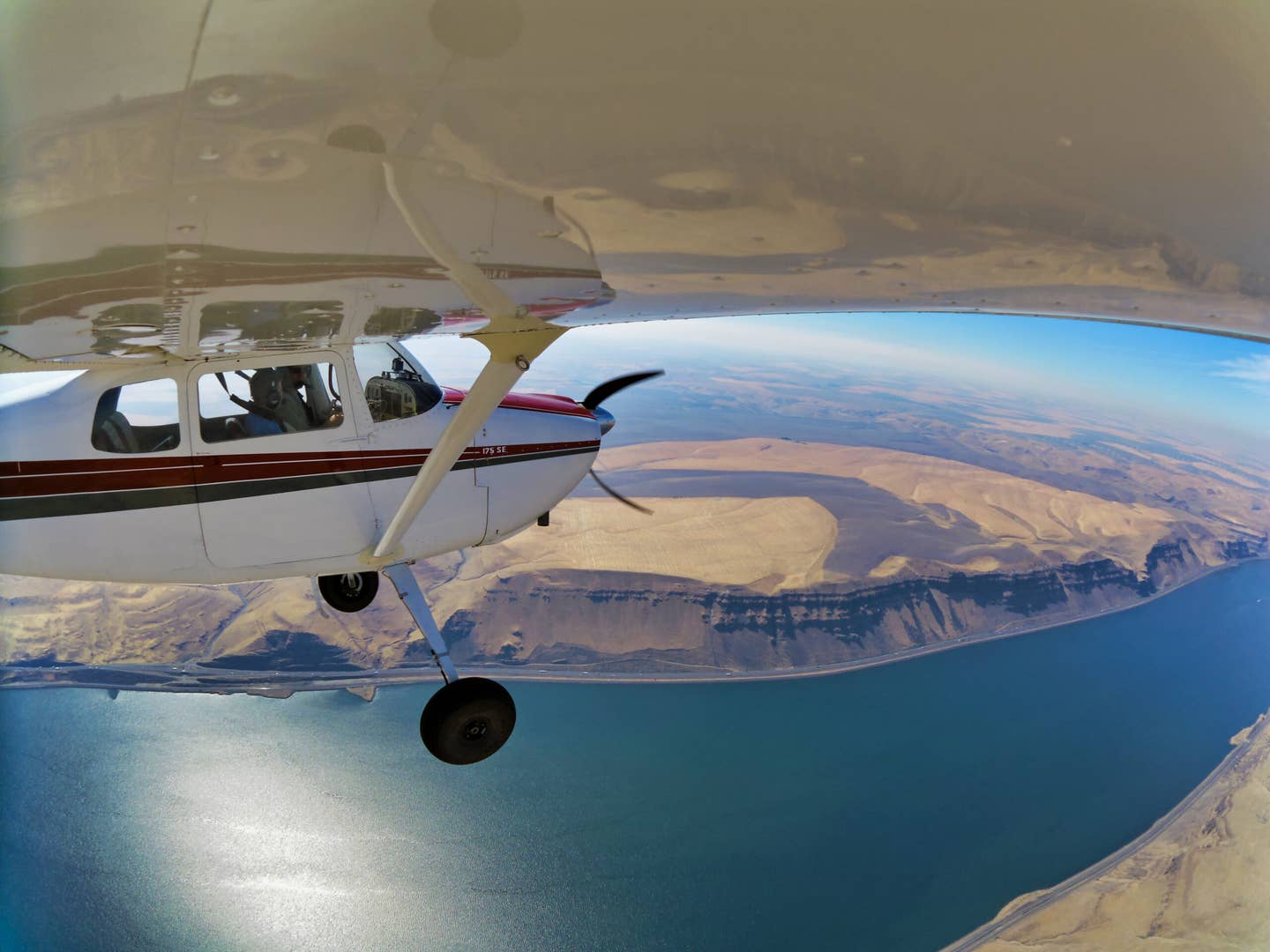
One way to get your insurance rates down? Fly more. [File Photo: Shutterstock]
Flying has rarely been cheap, especially for individuals operating personal aircraft. However, taking to the sky as pilot in command is such a singular experience that most recreational aviators have no difficulty justifying the expense. Indeed, it seems that the more hours we log, the less we may feel obligated to justify it at all.
But even some of the most dedicated aircraft owners are feeling the squeeze these days, with the prices of so many things rising rapidly. Mainstream news covers increases in the cost of food, gasoline, new cars, used cars, and housing. To that list, pilots add hangar fees, avgas, spare parts, and the aircraft themselves, especially older, used models that were far more affordable just two or three years ago.
Perhaps the most painful price spike of the last few years has been in aviation insurance. Recent rate increases have rudely surprised pilots who had become accustomed to paying essentially the same premium year after year.
“Perhaps the most painful price spike of the last few years has been in aviation insurance.”
One possible driver: In a report last year, insurer Marsh McLennan traced the upward trend to a 2018 shift in the industry, when insurers began more aggressively seeking profit that was hard to find in a competitive market where claims outweighed premiums. Price increases picked up during the pandemic in 2020 and continue today, resulting in even higher rates, often regardless of an owner’s loss history.
In late 2020, rate increases for general aviation typically ranged from 20 percent for customers with the best loss records to 50 percent for those with less favorable histories. In some cases, when insurers feel pricing is too low, they have simply dropped longtime clients, the Marsh McLennan report said.
There are other industry trends as well, including the upward aging trend in pilots.
The good news is that insurance is that rare expense over which aircraft owners have some control. There are several things pilots can do to reduce their insurance bill, or at least keep it from climbing so fast. Here are five tactics worth trying.
Fly More
Beginning with our earliest flying lessons, we learn that pilot skills are perishable. We generally don’t get better unless we fly a lot. A general rule many pilots have heard is that flying 200 hours a year or more is a good way to improve skill and reduce insurance rates. Many insurers keep tabs on clients’ flight time and assess risk accordingly. According to an early 2000s study in the Journal of Epidemiology, having between 5,000 and 10,000 flight hours can reduce one’s risk of an accident by more than 50 percent compared with less-experienced pilots.
Train Regularly
Since you are flying more often, why not work some serious training into the process? Most insurance companies require annual recurrent training for pilots of multiengine and high performance airplanes to maintain coverage. But even if it isn’t required, obtaining regular flight instruction relevant to the flying you do can improve your skill and your rates. Before entering a training program, you should check with your insurer to see if they recommend specific training companies or programs.
Add Ratings
Whether you are seeking a tailwheel or complex aircraft endorsement, or a more formal instrument, multiengine, commercial, or seaplane rating, successful completion can help you build a case for lower insurance rates. This type of training will also help you improve skills and, if you have professional aspirations, boost your career prospects as a pilot.
Join a Club
Joining either a type club for your particular aircraft or a general flying club can reveal more opportunities for reducing your insurance costs. Many clubs have relationships with insurers who are well-acquainted with particular types of aircraft and offer special discounts to club members. Membership in these groups also exposes you to many other pilots who might have helpful insurance experience to share.
Talk to Your Agent
We saved the best for last. Maintaining regular contact with your insurer is a critical part of keeping your rates as low as possible. Update them about all of your training, new ratings, and other pilot-improvement activities, and seek their advice on the best ways to lower your risk and rates.

Subscribe to Our Newsletter
Get the latest FLYING stories delivered directly to your inbox






